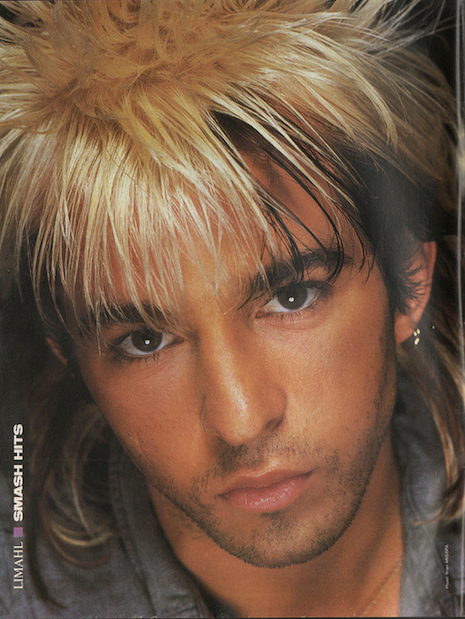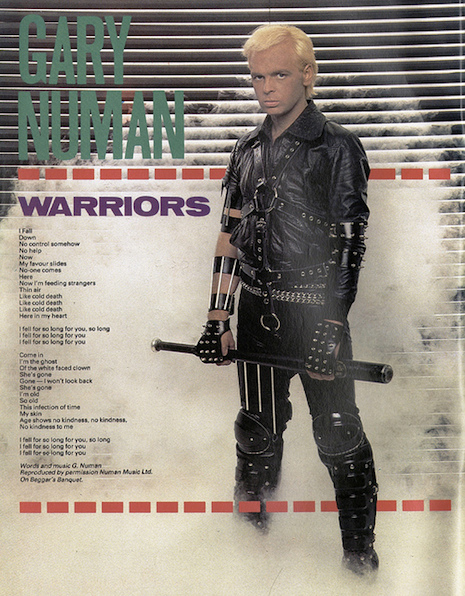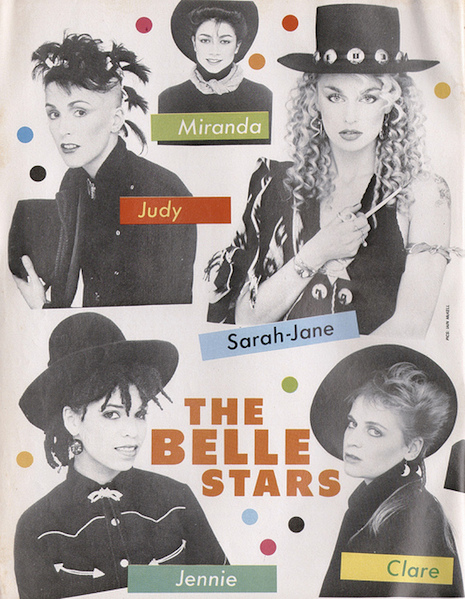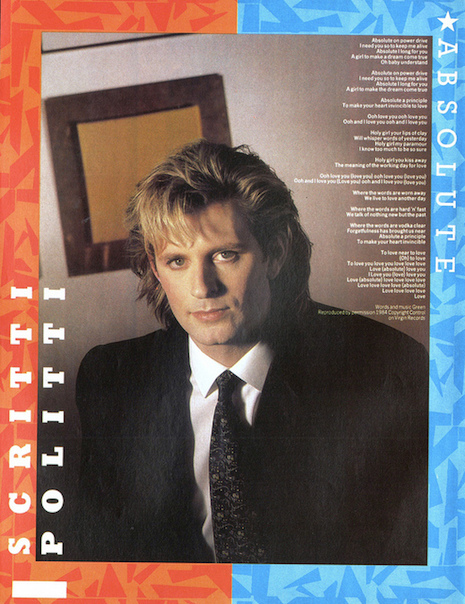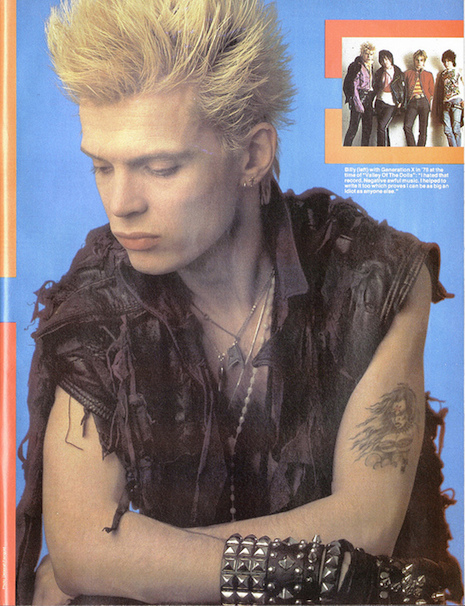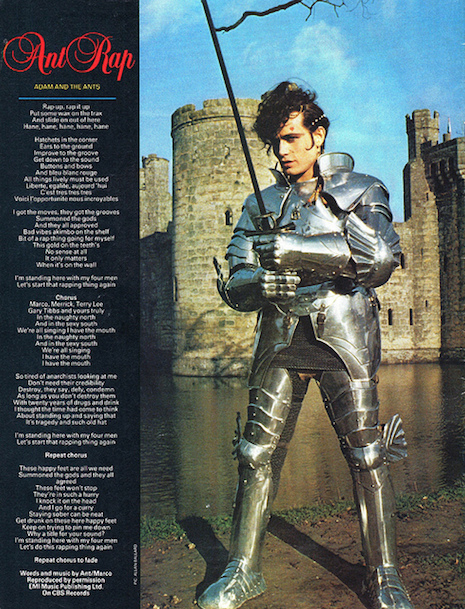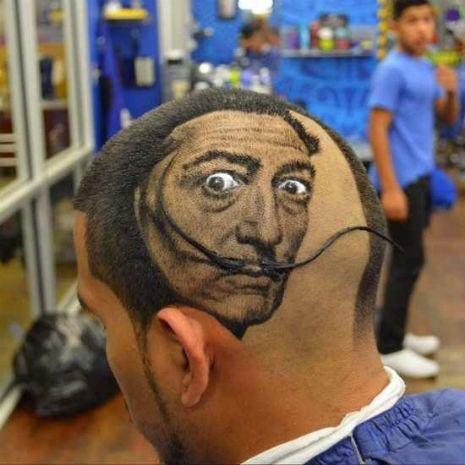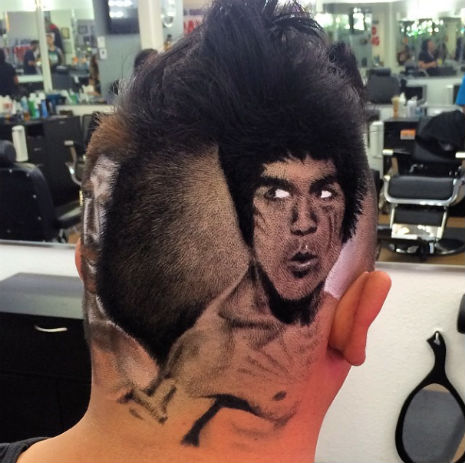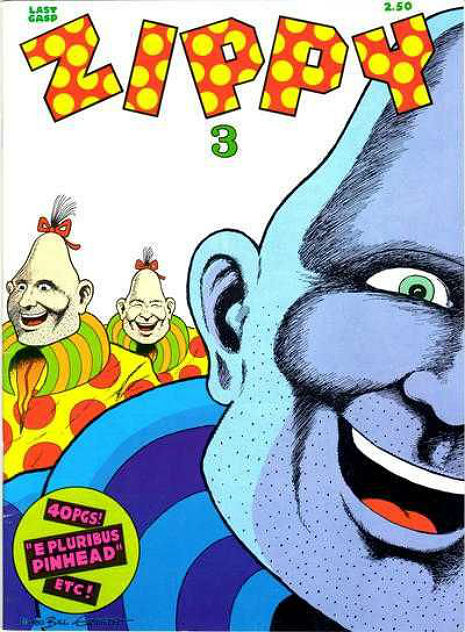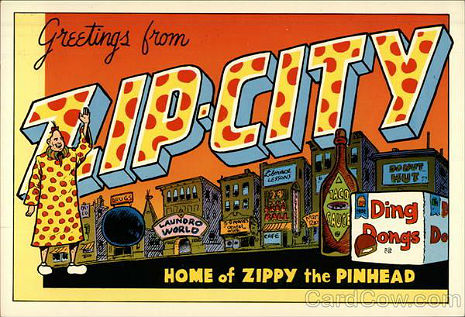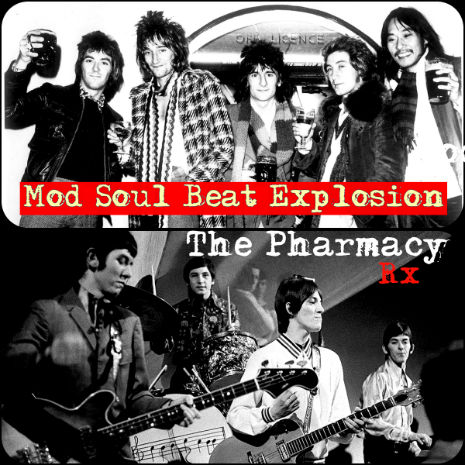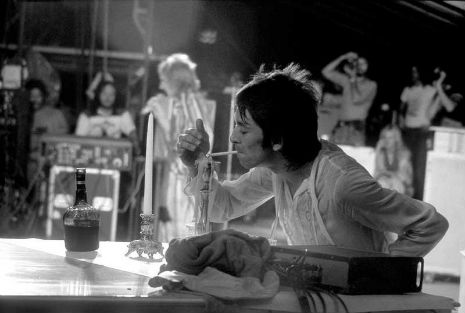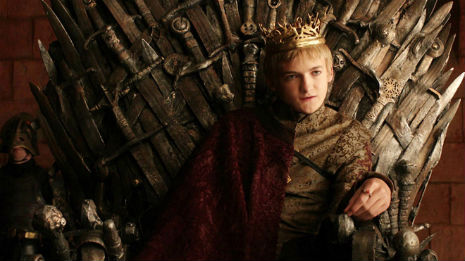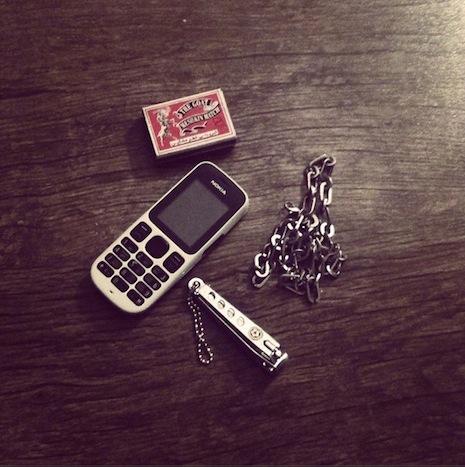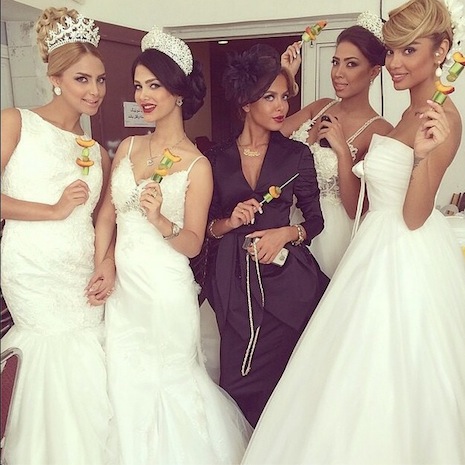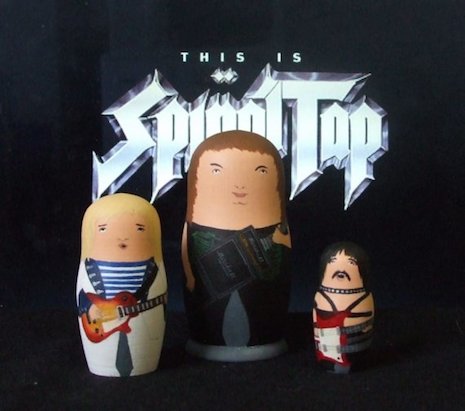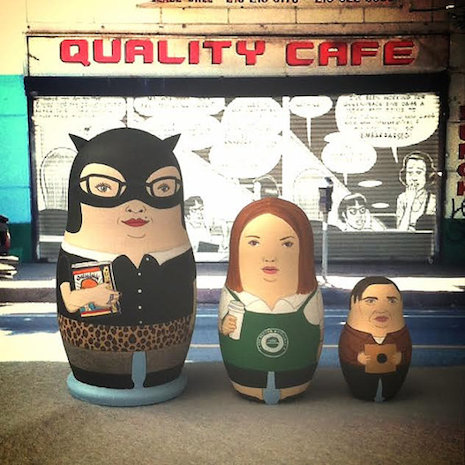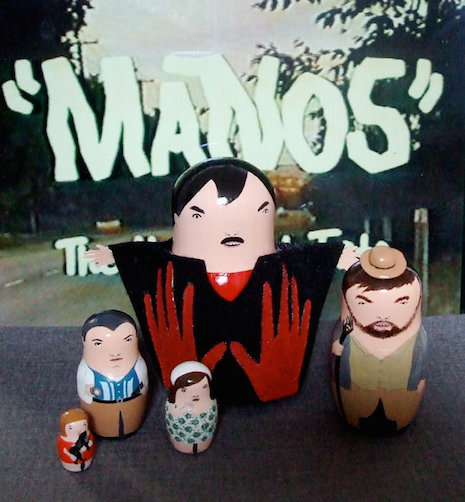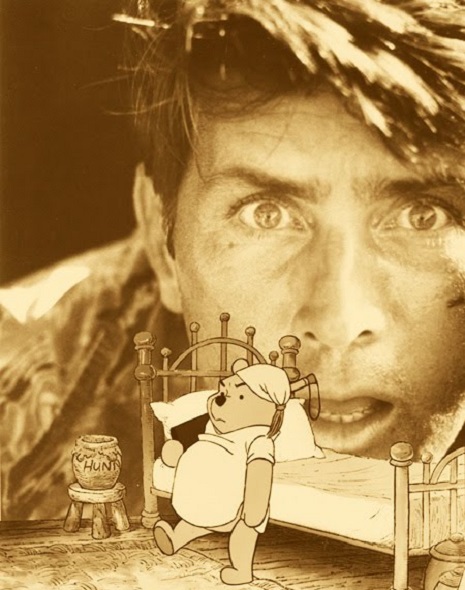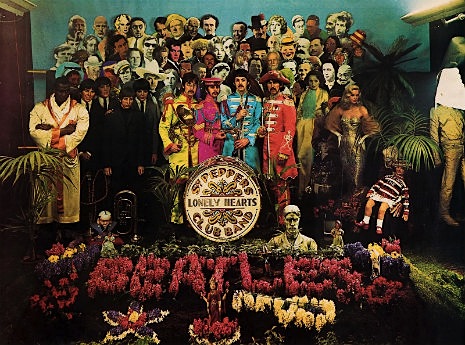
The ‘Sgt. Pepper’s’ tableau
British pop artist Peter Blake still receives copies of The Beatles Sgt. Pepper’s Lonely Hearts Club Band album in the mail with a fan request to add his signature and send the iconic cover back by return of post. It’s because the cover to Sgt Pepper’s is Blake’s most famous artwork—one made in collaboration with his then wife Jann Haworth.
In 1967, the year of Sgt. Pepper’s, Blake was the leading light of the British pop art movement, exhibiting alongside his fellow talents Pauline Boty, Derek Boshier, R. B. Kitaj, Peter Phillips, Richard Hamilton and David Hockney (until he moved to Los Angeles). What made Blake’s work special then (as it is now) was his ability to create an iconic and identifiable style of representation (through collage, paint and installation) that fully captured that swinging decade. His mix of pop culture ephemera (pop stars, soccer players) together with the semi-autobiographical self-portraiture (of artist as lapel-badge wearing kid in grey short trousers) maintains a traditional narrative form within a highly individual and modernist style.
Blake has continued to produce iconic and memorable art over the decades, and long after Sgt. Pepper’s he is still in great demand as a designer of album covers. This selection ranges from his early work for Liverpool Poet Roger McGough, to his work for his former art school pupil Ian Dury (Blake was, by the singer’s admission, his most important mentor) to Oasis and Paul Weller. Blake has also worked with Eric Clapton on three separate projects though briefly thought he had lost the job on his first Clapton commission (24 Nights) when he ‘fessed up to “Slow Hand” that he couldn’t abide long guitar solos.
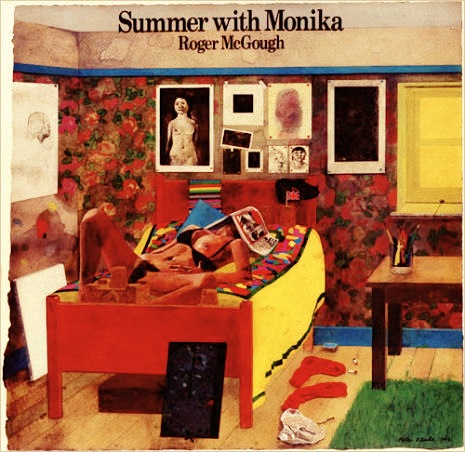
Roger McGough: ‘Summer with Monika’ (1967).

The Beatles: ‘Sgt. Pepper’s Lonely Hearts Club Band’ cover designed by Peter Blake and Jann Haworth, 1967.
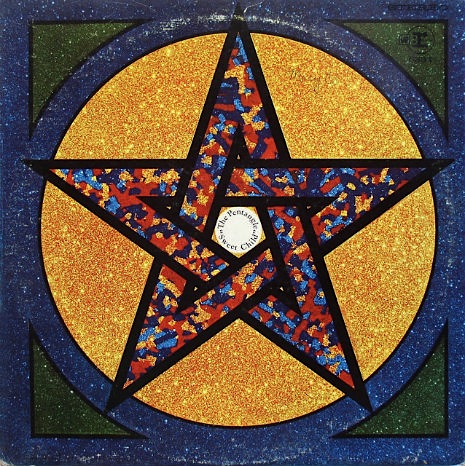
Pentangle: Sweet Child’ (1968).

The Who: ‘Faces Dances’ (1981). Designed by Peter Blake, with portrait paintings of The Who band members by Bill Jacklin, Tom Phillips, Colin Self, Richard Hamilton, Mike Andrews, llen Jones, David Hockney, Clive Barker, R. B. Kitaj, Howard Hodgkin, Patric Caulfield, Peter Blake himself, Joe Tilson, Patric Proctor and David Tindle.
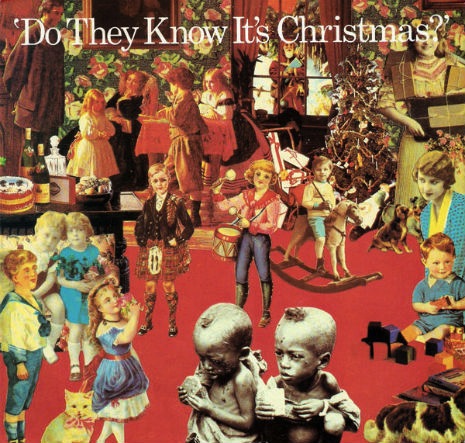
Band Aid: ‘Do They Know It’s Christmas Time?’ (1984).
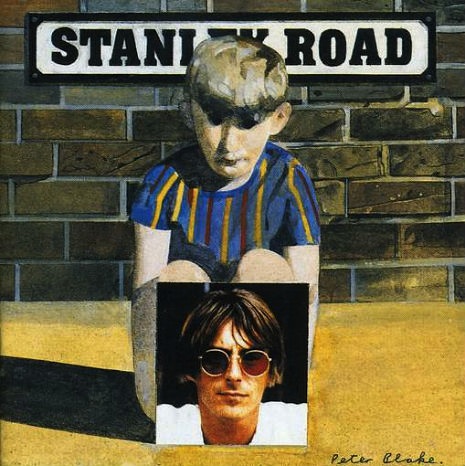
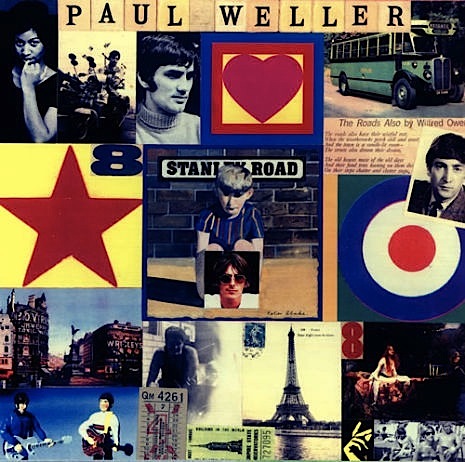
Paul Weller: ‘Stanley Road’ (1995).

Various: ‘Brand New Boots and Panties—Tribute to Ian Dury’ (2001).
In 1962, director John Schlesinger approached Peter Blake to make a documentary for the BBC about British Pop Art. From the outset, the pair did not get on—Schlesinger had ambitions to make a movie (he did, it was called Billy Liar). Schlesinger left the project and was replaced by the young Ken Russell, who was fast becoming the star director at the BBC’s Monitor arts documentary series. Russell and Blake hit it off immediately and the two developed the documentary into something bigger and better. Russell brought in artist Pauline Boty, who he had wanted to make film with, while Blake brought in artists Peter Philips and Derek Boshier. Under Russell’s directorial guidance the four artists collaborated on a dazzling and highly original film that captured elements of each artist’s personality. The title Pop Goes the Easel was apparently Blake’s suggestion, but the film’s style is all Russell.
More Blakean covers, after the jump….











